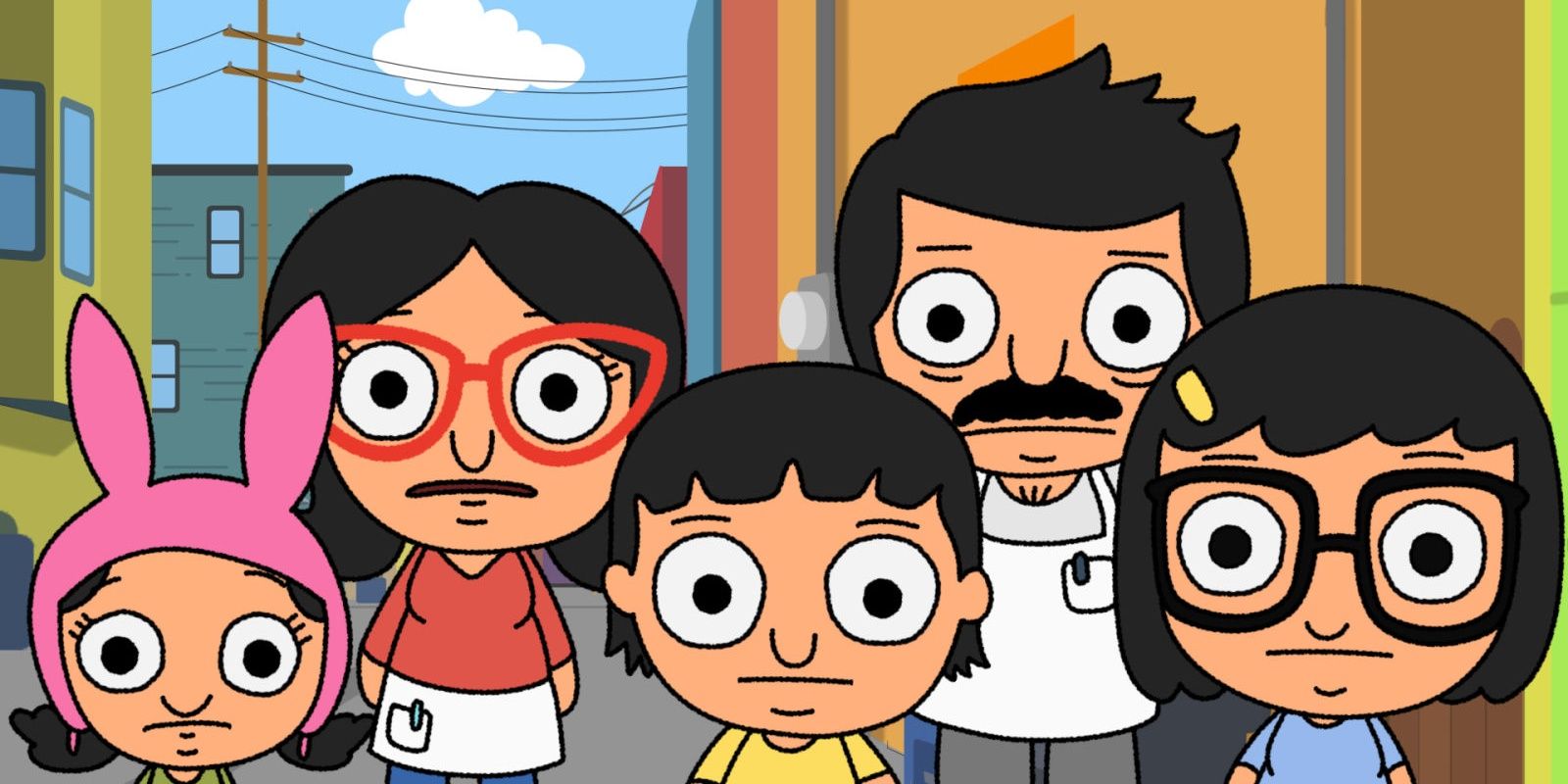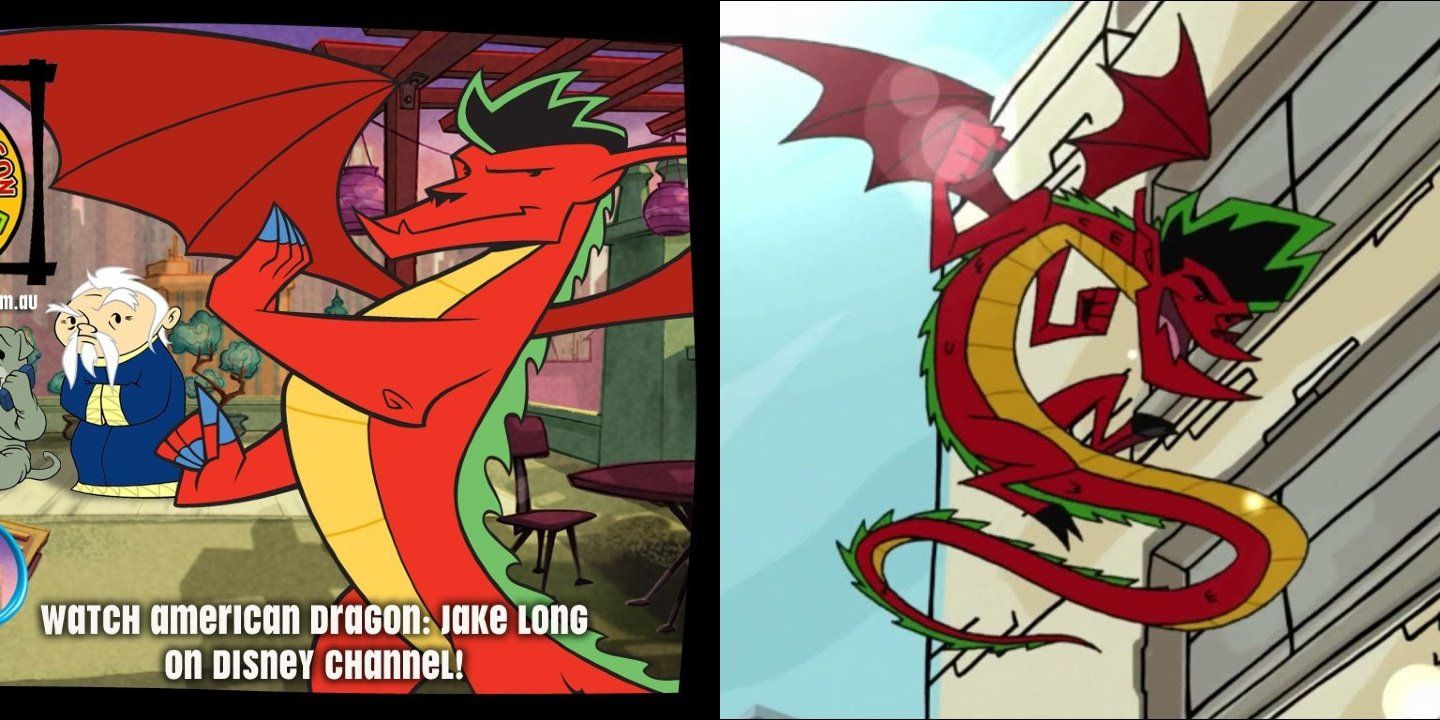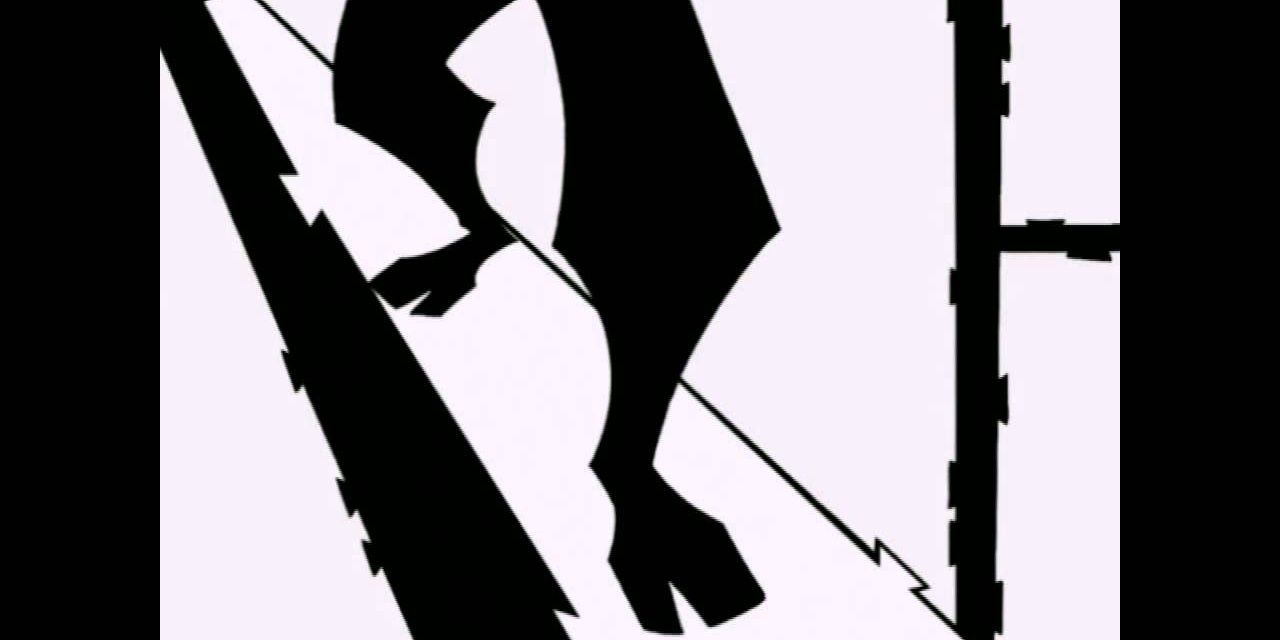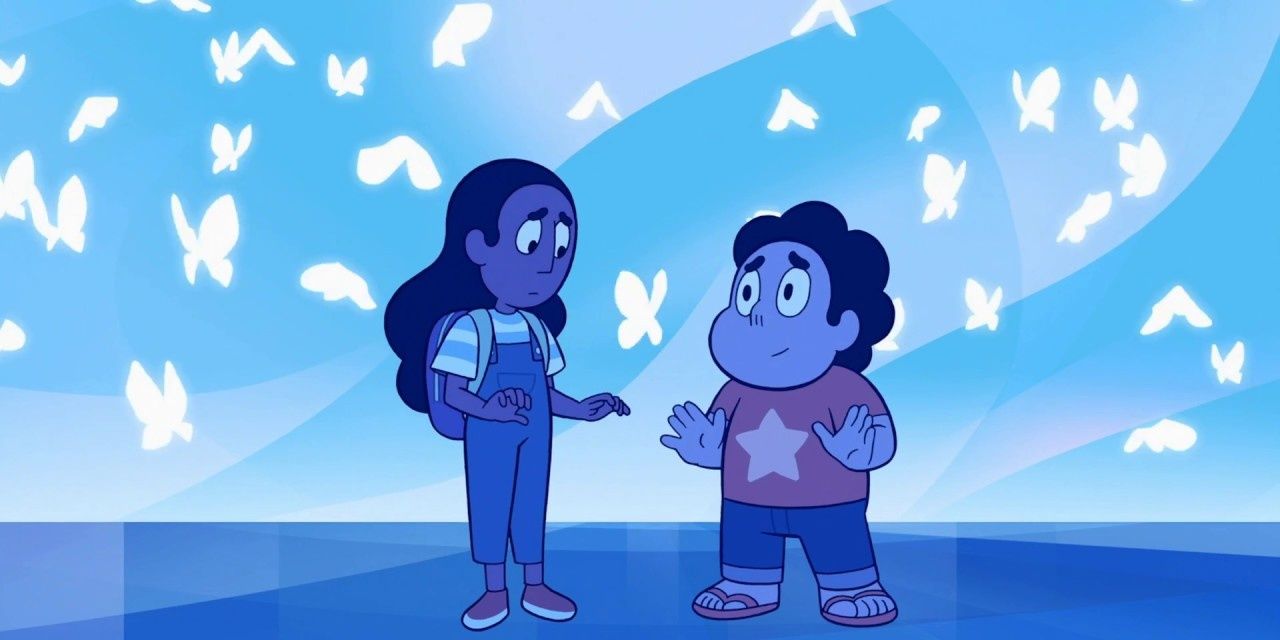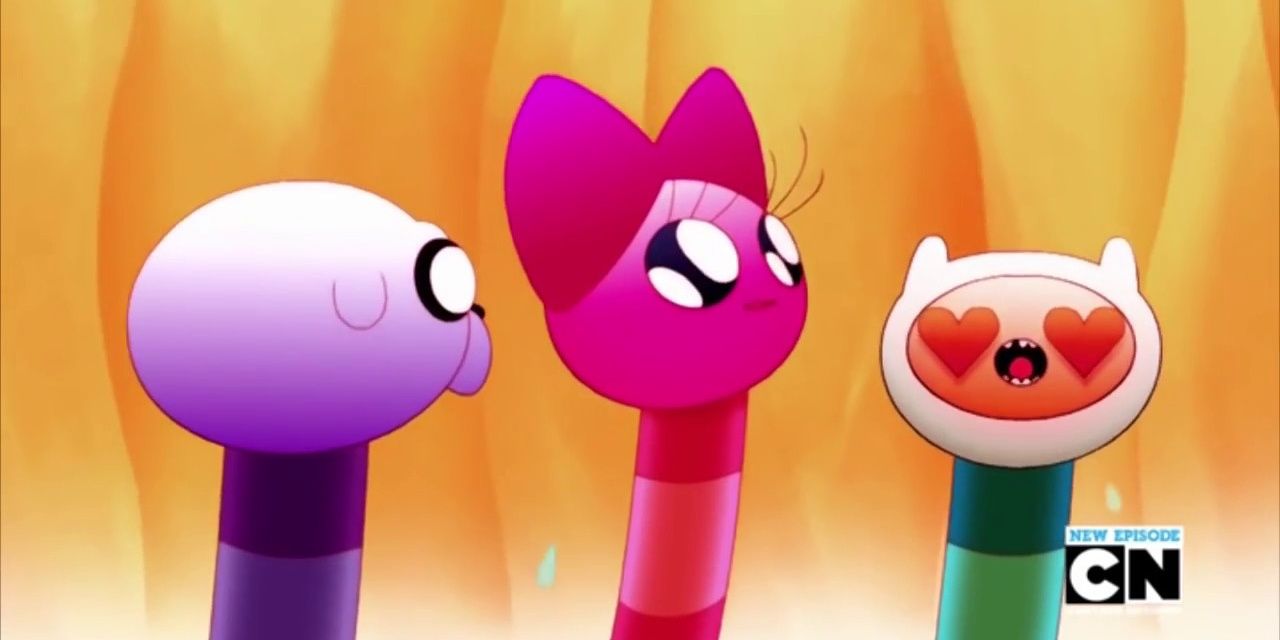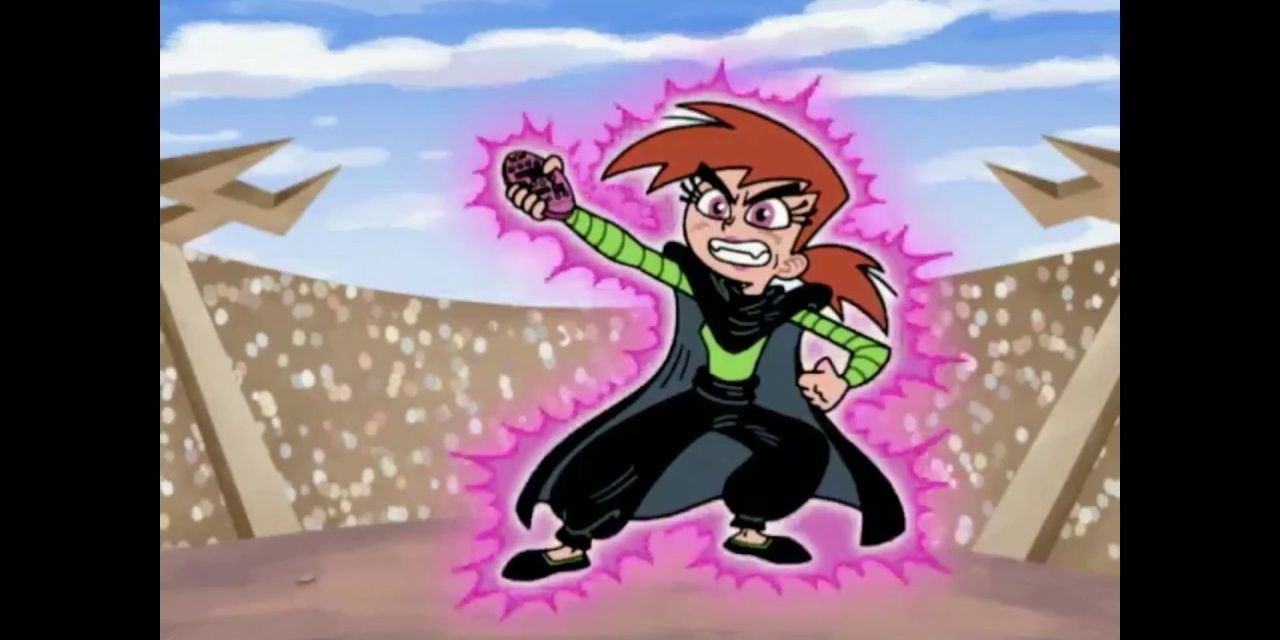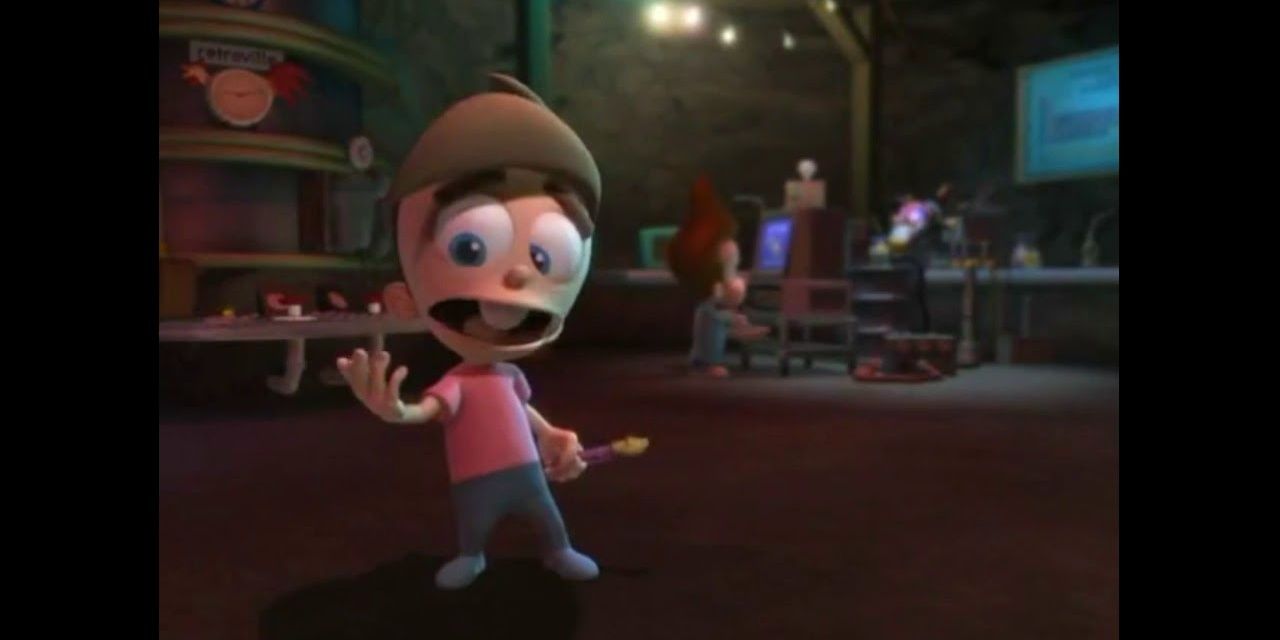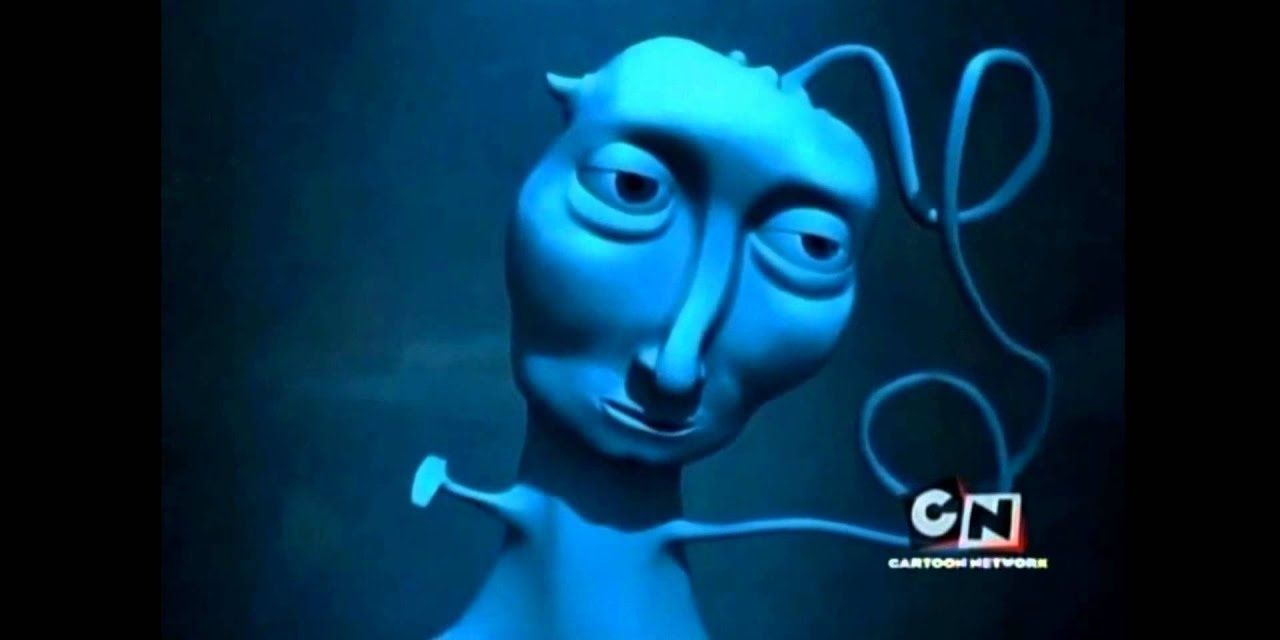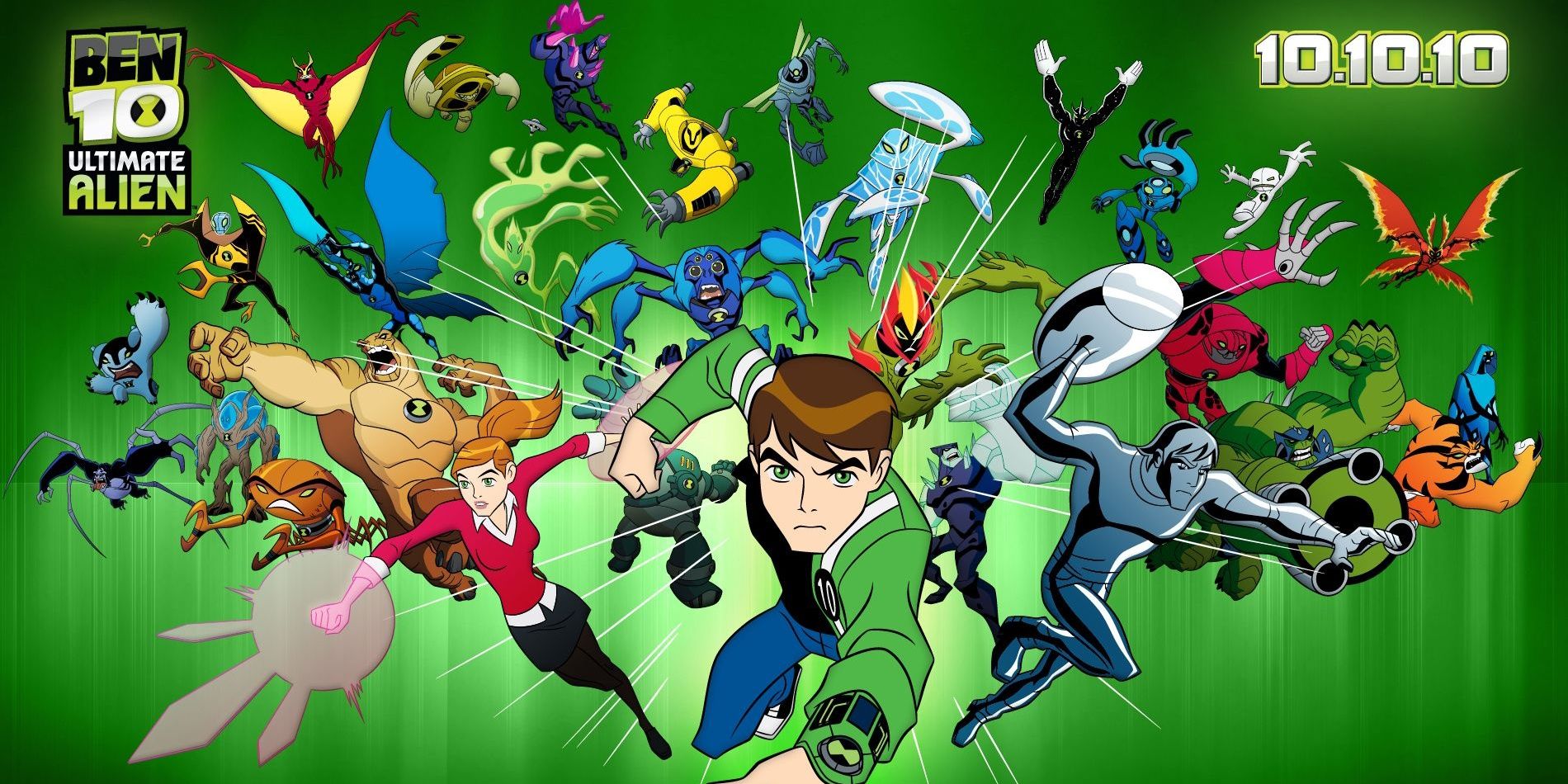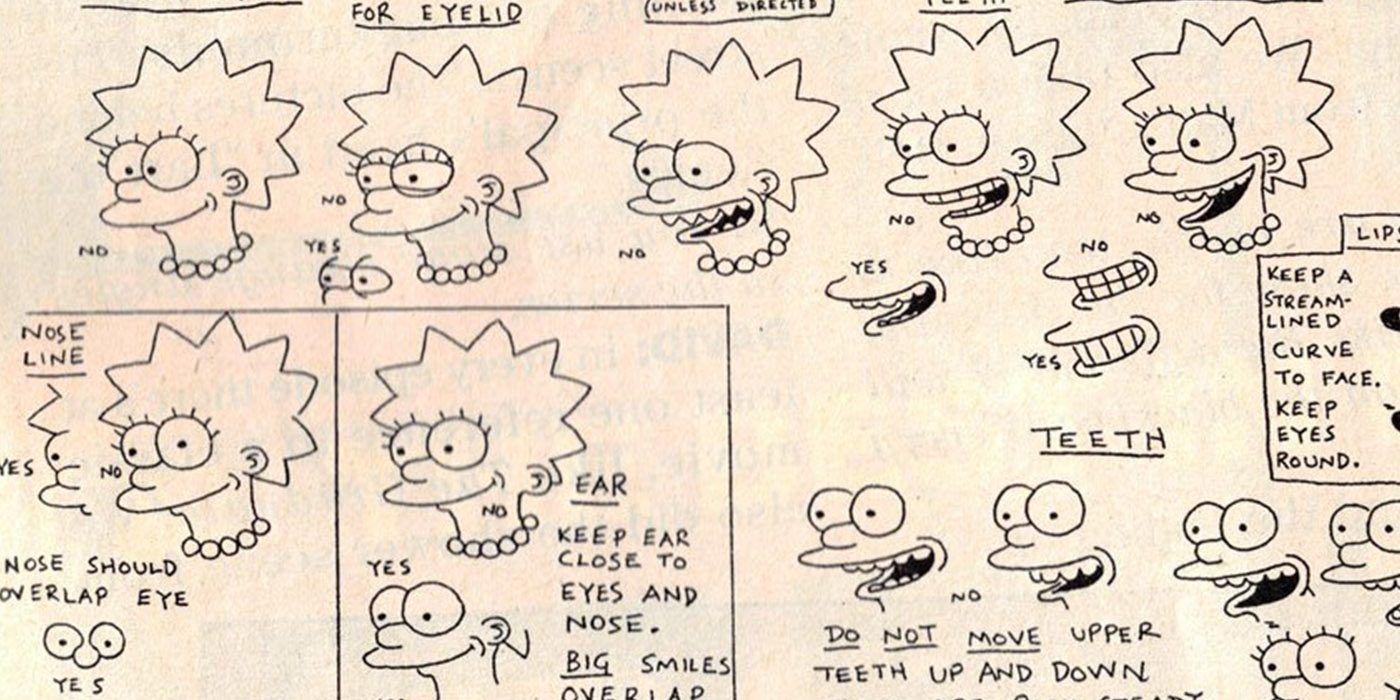Cartoons and animation are an incredibly versatile art form. They demand dynamic movement, exaggeration, and realism in a variety of different doses and have resulted in a large landscape of different styles to come out of it. For the most part, once an animator or director has finalized their style for a project, they typically stick with it for the remainder of their run. However, there are the rare instances where changes in the technology and industry may encourage for a studio to upgrade their style and even rarer instances where a cartoon may even attempt to experiment.
These cases result in significant and incredibly noticeable changes in some of the industry's best cartoons that have been met with awe in many cases and odd scrutiny in others. Television, possibly even more so than any other medium, is one whose audience demands consistency and familiarity, so any change at all is at risk of alienating loyal viewers. But animation is an art form of itself that innately entails to the viewer dynamism and flexibility, so this list will be running down a few famous instances of when a cartoon took the plunge and changed art styles, even for a bit.
10 10. American Dragon: Jake Long and The Replacements
For the most part, Disney Channel animation is typically kept consistent between a variety of its programs, until one stray moment within the mid-2000's where the animation of two of Disney Channel's top shows got hit by a bus and never came back the same.
These two shows were American Dragon: Jake Long, an action/adventure series about a Chinese-American kid who can transform into a dragon, and The Replacements, a series about two orphan kids who could replace anyone in their lives with different people with just a phone call. Season 1 of either show had much rounder, lighter designs but would soon see changes in directors for their respective Season 2's, changes that would result in darker color tones and edgier, more streamlined animation. While the quality of either series helped retain their audiences, they weren't exactly received positively during the transition.
9 9. Samurai Jack
Switching over to a more positive style change, Samurai Jack is host to a variety of unique and distinct animation choices thanks to the directing of creator Genndy Tartakovsky. Its fifth season return would see an incredible quality and color upgrade that helped the series become simultaneously much darker and more vibrant and for the entirety of the series, there has been consistent and unique uses of close-ups and cinematic margin use meant to help parallel the series with its samurai film influences.
However, for this list, Samurai Jack's major stand out animation choice would be one that could have only been achieved through animation. That would be the incredibly stylized fight scene in "Episode XL: Samurai vs. Ninja," where Jack would fight off one of Aku's robot, ninja assailants in an entirely black and white montage of ninja stealth. One would entirely disappear into black spaces while the other in white. It's a simple yet distinct experiment in animation that surprisingly resulted in one of the most dynamic and visually appealing fights of the series.
8 8. Steven Universe
Steven Universe is one of Cartoon Network's most ambitious animated series for more reasons than one. It challenges and depicts emotions and intimacy in incredibly unique ways between its writing, dialogue, design, and music, showing off the incredible talents of creator Rebecca Sugar and her crew.
However, this list will be looking at an instance where the show brought in a guest animator for one the series' most memorable moments. That animator would be Takafumi Hori, an animator for Studio Trigger, who was brought in to animate the music sequence "Here Comes a Thought" for the episode "Mindful Education." It's a heartfelt song matched with absolutely stunning color and animation work that really adds a memorable wrinkle on the series' run.
7 7. Adventure Time with Finn and Jake
Adventure Time is a series that defines artistic ambition in so many forms. Acting as Cartoon Network's hallmark series for about a decade, it's been host to a variety of guest animators hosting some its more visually distinct episodes. This includes the CGI overload that is "A Glitch is a Glitch," the strangeness of "Water Park Prank," and the stunning stop motion of the award-winning "Bad Jubies."
However, for this list, the major stand out performance in Adventure Time's animation experimentation would have to be when they brought in rising anime star, Masaaki Yuasa, to direct the surreal, stylistic episode "Food Chain." In it, Yuasa brings the viewer on an entire rollercoaster of visual smoothness as he moves Finn and Jake through a strange, magical loop of nature's food chain.
6 6. Bob's Burgers
Bob's Burgers is one of Fox's (perhaps, Disney's now) premiere comedies on its animation block. As funny and tonally distinct as it is, it's not a series exactly known for its animation. However, it definitely adds an interesting exception in its Season 8 premiere, "Brunchsquatch."
In it, Bob's Burgers gives a little nod to the fan animator community by letting 62 artists animate different scenes in their own styles, each one a total stop and shift for the last. If you're not a fan of Bob's Burgers but still enjoy a good piece of animation every now and then, please check out this episode. It's a total marathon of independent talents.
5 5. The Fairly OddParents
Butch Hartman's ode to the imagination of childhood is a hallmark in different people's childhoods, where its early seasons act as a fond memory to several and its final episodes remaining a safe distance away. A series known for its imagination and adventurous stories such as this couldn't exactly own up to its own ambition if it didn't shake up its animation every now and then. And the one major instance that it did is a fantastic standout in many fan's memories and a large homage to animation as a whole.
That standout would be their made made-for-TV movie "Channel Chasers," in which Timmy Turner enters the diverse world that is television, exploring a variety of parodies of Peanuts, The Simpsons, its Nickelodeon senior Rugrats, and even a not so subtle nod to Dragon Ball.
4 4. The Jimmy Timmy Power Hour
Crossover episodes are a major staple in American television, where sitcom and cartoon alike get to share canons for a brief episode. The formula for cartoons, however, typically dictates finding a series that is visually the same as your own.
However, Timmy Turner makes this list again as he explores and clashes with his 3D animated counterpart, Jimmy Neutron, in a crossover event that not only excited its viewers but, due to its pure visual distinction, still remains in the memories of its fan. Seeing Jimmy Neutron in 2D was a spectacle and Timmy Turner in 3D was...also an animation change that exists. No matter how one may see the result, this was definitely a memorable exchange in animation departments.
3 3. Courage the Cowardly Dog
Courage the Cowardly Dog is one of the most well-regarded cartoons in recent memory. This is due to its dark tone, thrilling episodes, and, of course, some of its more distinct, stunning, and scary visual choices. This includes the claymated jumpscare in "Courage in the Big Stinkin' City," the spirit of the harvest moon in "The House of Discontent," the magic tree in "The Magic Tree of Nowhere," and, without question, the CG animated nightmare that is King Ramses.
A few episodes delve a little deeper into animation change such as the CG adventure in "Hard Drive Courage" and the storybook style of "Remembrance of Courage Past." However, for this list, the honor goes to the visual nightmares of "Perfect," where Courage's dreams host a few haunting reminders of his own failures and, above all, the blue thing that simply says, "You're not perfect." Where did this show come from?
2 2. Ben 10
Ben 10 is a show for the generations, i.e. different generations. It's seen visual changes and reboots that give different ages of kids a different version of Ben 10 and his continuity. During the mid-2000s, he had a much rounder, more fluid style. When the series came to Alien Force and Ultimate Alien, it adopted a much darker-toned, sharper style to match its much more adult tones.
Then there are the generations that totally splinter off from its growing quality to become much more appealing to newer audiences. This includes the edgier linework of Ben 10: Omniverse and the total restyle/reboot that is the 2016 incarnation. Ben 10 is a series of different animation changes that have seen different results, but it nonetheless remains one of Cartoon Network's hallmark action/adventure programs.
1 1. The Simpsons
Topping this list is not only a fine example of the evolution of a series but also the evolution of animation as a staple for long-running programming. The Simpsons is an animated family comedy that has been going on for nearly 30 years strong and, along with its writing and joke style, has seen dramatic generational changes in its animation. None is more noticeable than the shift between its pilot and later episodes, as sharp, exaggerated images are changed for much smoother and more streamlined drawings.
The Simpsons would once again see another animation upgrade going into its 20th Season, as it entered the HD era, a change that would be represented by the new intro that fans know today. The Simpsons has not only been a fine calendar for the evolution of animation but also a timeline for the changes in artistic and stylistic sensibilities that fans have known to come and, if Disney has any say in the matter, will remain a standard-bearer for generations to come.

